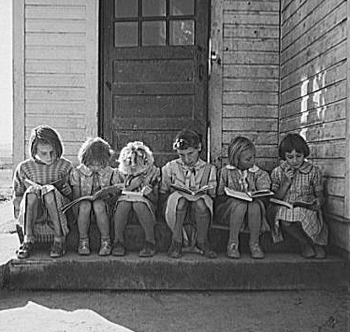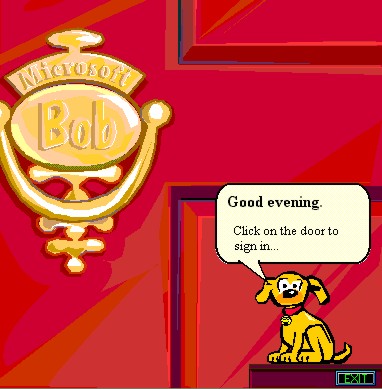 This article in Lapham’s Quarterly on Roget’s Thesaurus got me thinking (pondering, contemplating, considering, musing, putting through the meat grinder). The thesaurus has a mixed reputation, and is often derided as a hollow crutch for writers who are unable to find their own language.
This article in Lapham’s Quarterly on Roget’s Thesaurus got me thinking (pondering, contemplating, considering, musing, putting through the meat grinder). The thesaurus has a mixed reputation, and is often derided as a hollow crutch for writers who are unable to find their own language.
Its creator, Peter Mark Roget, was a 19th century Englishman and apparently compulsive list-maker who pursued his life’s work with an Enlightenment-inspired religiosity. Lapham writes:
“His efforts to create order out of linguistic chaos harks back to the story of Adam in the Garden of Eden, who was charged with naming all that was around him, thereby creating a perfectly transparent language. It was, according to the theology of St. Augustine, a language that would lose its perfection with the Fall of Man, and then irreparably shatter following construction of the Tower of Babel. By Roget’s time, Enlightenment ideals had taken hold, suggesting that scientific pursuits and rational inquiry could discover antidotes to Babel, if not a return to the perfect language of Adam.”
Roget ordered the unruly language into 1,ooo categories of meaning. “The synonyms that we find gathered together in a thesaurus are typically … like siblings that share a striking resemblance,” Lapham writes.
I was surprised to learn that Roget’s index was an afterthought. I’ve turned to that index with greater or lesser frequency since I received a thesaurus for my bar mitzvah in 1972. It may be my most-loved and most-used present that I received that day. It sits near my computer, much closer than “up on a high shelf,” where poet Billy Collins describes his as resting in the poem “Thesaurus,” an indication, writes Lapham, that Collins believes the best place for the book is at arm’s length.
Because if Roget sought to tame the language, he is often undone by the wild humans who use the thesaurus.
“To be sure, the potential for abuse is a constant danger, especially for eager students who may go overboard when hunting for impressive words,” according to Lapham.
Lapham was thinking of college students, eager to express their intellectual bona fides. In my case, the thesaurus was like a ticket to the circus midway.
In a short story I wrote in 1973 called “A Clash With Death,” two high school friends, Eric and Jim, must overcome Death in an ordeal to save their lives (I had just learned about “The Seventh Seal“). Jim, as I wrote him, never went anywhere without his thesaurus.
“I’ve come to get you, Eric,” said Death.
“You won’t take me without a fight!”
“That’s right!” said Jim. “OK, well, I’ll be seeing you guys later.
“Wait a minute,” said Eric. “You can’t leave me in my hour of need.”
“I have to. I’m one who in a perilous emergency thinks with his legs.”
“You mean a coward?”
“Gritless would be a better word,” said Jim.
This was the exuberance of discovering the rhythms and colors of language. I was learning the humor of the unexpected and the freedom in an unwieldy accumulation of words. Far from wanting to sound impressive, I reveled in a chaotic derangement of the senses.
When “Monty Python’s Flying Circus” came to America a couple of years later, I recognized the same exuberant impulse, particularly in the Dead Parrot sketch:
Mr. Praline: VOOM?!? Mate, this bird wouldn’t voom if you put four million volts through it! He’s bleedin’ demised!
Owner: No no. He’s pining.
Mr. Praline: He’s not pining. He’s passed on. This parrot is no more. He has ceased to be. He’s expired and gone to meet his maker. He’s a stiff. Bereft of life, he rests in peace. If you hadn’t nailed him to the perch he’d be pushing up the daisies. His metabolic processes are now history. He’s off the twig. He’s kicked the bucket, he’s shuffled off his mortal coil, run down the curtain and joined the bleeding choir invisible! THIS IS AN EX-PARROT!
Yes, and Death is The Pale Priest of the Mute People, That Grim Ferryman, The Old Floorer.



















